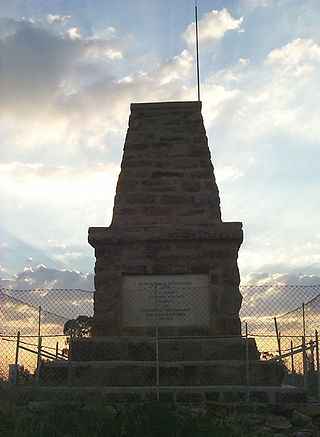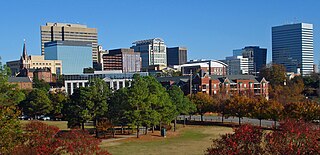
Columbia is the capital city of the U.S. state of South Carolina. With a population of 136,632 at the 2020 census, it is the second-largest city in South Carolina. The city serves as the county seat of Richland County, and a portion of the city extends into neighboring Lexington County. It is the center of the Columbia Metropolitan Statistical Area, which had a population of 829,470 in 2020 and is the 7th largest urban center in the Deep South and the 72nd-largest metropolitan statistical area in the nation. The name Columbia is a poetic term used for the United States, derived from the name of Christopher Columbus, who explored for the Spanish Crown. Columbia is often abbreviated as Cola, leading to its nickname as "Soda City."

James Hovis Hodges is an American businessman, attorney, and politician who served as the 114th governor of South Carolina from 1999 to 2003. Since his victory in 1998, Hodges has remained the only Democrat elected to the South Carolina Governor's office since the 1982 election.

Williams–Brice Stadium is the home football stadium for the South Carolina Gamecocks, the college football team representing the University of South Carolina in Columbia, South Carolina. It is currently the 16th largest on-campus college football stadium in the NCAA and is located on the corner of George Rogers Boulevard and Bluff Road adjacent to the South Carolina State Fairgrounds. Carolina football teams consistently attract standing-room-only crowds to Williams–Brice Stadium. The atmosphere on game days has been voted "the best" by SECsports.com, and has been noted as being among the loudest environments to play in by opposing players. The stadium has been the site of many concerts, state high school football championships, and various other events. It hosted the annual Palmetto Capital City Classic between Benedict College and South Carolina State University until the last game in 2005.

The South Carolina State Museum is a museum dedicated to the history of South Carolina. It has four floors of permanent and changing exhibits, a digital dome planetarium, 4D interactive theater, and an observatory. The State Museum is located along the banks of the Congaree River in downtown Columbia, South Carolina. It is the largest museum in the state, and is a Smithsonian Affiliate and part of the American Alliance of Museums. Positioned on an old shipping canal that dates back to pre-Civil War times, the museum is widely recognized as a resource for South Carolina history and lifestyle. The museum opened on October 29, 1988, and is housed in what it calls its largest artifact the former Columbia Mills Building, listed on the National Register of Historic Places in 1982. When the mill opened in 1894, manufacturing cotton duck cloth, it was the first completely electric textile mill in the world. It was also the first major industrial installation for the General Electric corporation. On certain levels of the museum, the original flooring has been kept intact, distinguishable by the textile brads and rings that became embedded in the floor while it was still being used as a mill. The South Carolina Confederate Relic Room & Military Museum is located within the Columbia Mills Building and is the oldest museum exhibit in Columbia.
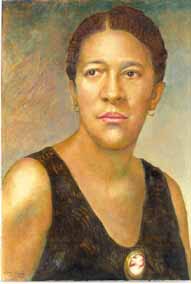
Modjeska Monteith Simkins was an important leader of African-American public health reform, social reform and the Civil Rights Movement in South Carolina.

The South Carolina State House is the building housing the government of the U.S. state of South Carolina, which includes the South Carolina General Assembly and the offices of the Governor and Lieutenant Governor of South Carolina. Located in the capital city of Columbia near the corner of Gervais and Assembly Streets, the building also housed the Supreme Court until 1971.
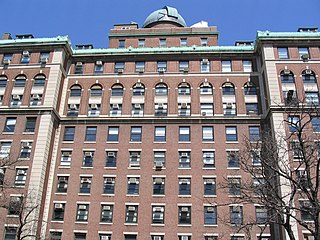
Rutherfurd Observatory is the astronomical facility maintained by Columbia University named after Lewis Morris Rutherfurd. Initially, Rutherfurd housed its telescopes and equipment in midtown Manhattan and later on the Stuyvesant Estate. When the Morningside campus was built, telescopes were kept in a "transit building" where the Interdisciplinary Science Building now stands. When Pupin Physics Laboratories were completed in 1927, the home of the observatory was moved to the top of the building. Below the Rutherfurd Observatory on the 14th floor was the site of Professor Wallace Eckert's Astronomical Laboratory, in which he constructed the first device to perform general scientific calculations automatically in 1933-34.
Mills is the plural form of mill, but may also refer to:
This is an incomplete list of historic properties and districts at United States colleges and universities that are listed on the National Register of Historic Places (NRHP). This includes National Historic Landmarks (NHLs) and other National Register of Historic Places listings. It includes listings at current and former educational institutions.

Woodrow Memorial Presbyterian Church is a historic church in Columbia, South Carolina.
Charles C. Wilson, whose full name is Charles Coker Wilson, was an American architect based in Columbia, South Carolina. Wilson was born in Hartsville, South Carolina, and graduated from South Carolina College with an engineering degree in 1886, continuing on to receive his master's degree in 1888. He briefly studied architecture in the Atelier Duray at the École des Beaux-Arts in Paris. Much of his work contained Beaux-Arts elements. Architects who worked for Wilson include Joseph F. Leitner, during 1901–1905, who became a noted architect in Wilmington, North Carolina; and Henry Ten Eyck Wendell, during 1905–1906.
The historic 1933 South Carolina Gamecocks football team represented the University of South Carolina as a member of the Southern Conference (SoCon) during the 1933 college football season. Led by sixth-year head coach Billy Laval, the Gamecocks compiled an overall record of 6–3–1 with a mark of 3–0 in conference play, placing in the SoCon. Duke, with a 4–0 conference record was declared the SoCon champion. Earl Clary and Buddy Morehead were the team captains. This was the last season in which South Carolina played their home games at Melton Field.

William David Chappelle was an American educationalist and bishop of the African Methodist Episcopal Church. Chappelle served as president of Allen University, a historically Black university in Columbia, South Carolina, from 1897 to 1899 and served as the chairman of its board of trustees from 1916 to 1925.
The 1926 South Carolina Gamecocks football team represented the University of South Carolina during the 1926 Southern Conference football season. Led by Branch Bocock in his second and final season as head coach, the Gamecocks compiled an overall record of 6–4 with a mark of 4–2 in conference play, tying for fourth place in the SoCon.
Melton Field was built on the campus of the University of South Carolina in 1926 and named in honor of the university's former president, William Davis Melton. It served as the primary home of the University of South Carolina Gamecocks football team from 1926 until Columbia Municipal Stadium was built in 1934. The Gamecocks generally played home games at Melton Field except for their annual game against Clemson, which was played at a 15,000 seat wooden stadium at Columbia's fairgrounds.
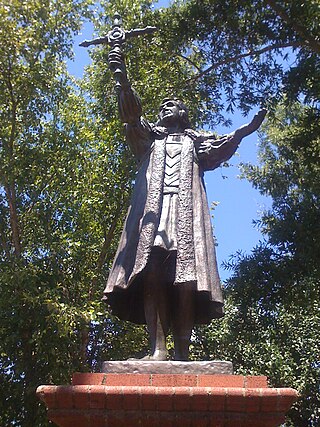
A statue of Christopher Columbus was installed in Columbia, South Carolina, United States as part of the Columbus Quincentenary. The memorial was removed and placed into storage in June 2020.
J. Carroll Johnson was an architect in South Carolina. He was the first resident architect at University of South Carolina and supervised campus expansion. He designed numerous residences in Columbia's suburbs during the roaring 1920s. His work also includes the Lexington County Courthouse which is listed on the National Register of Historic Places.







